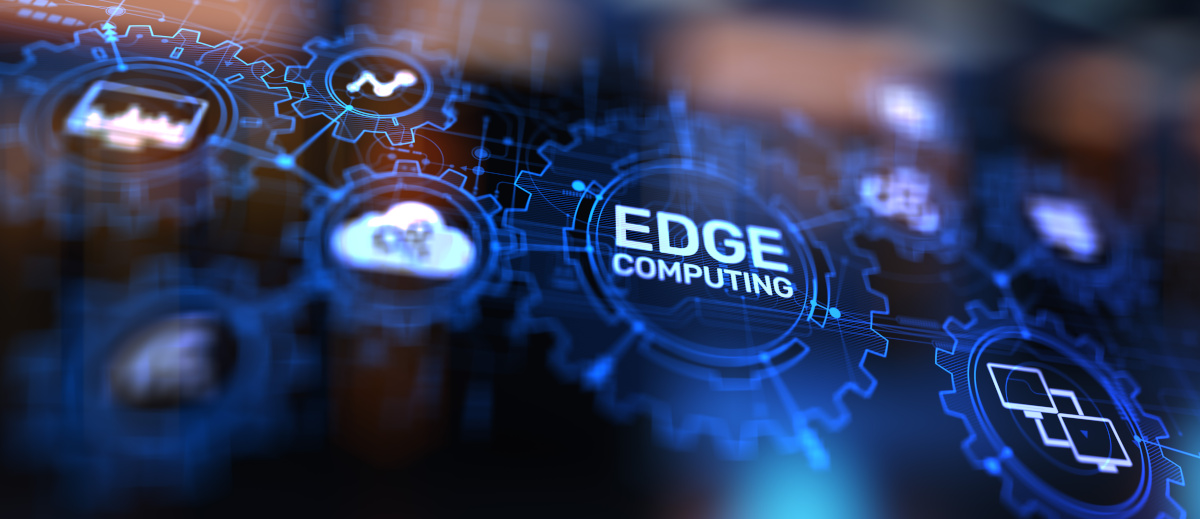The Crew-9 mission took off at 1:17 p.m. ET on a Saturday following a brief delay caused by Hurricane Helene, which had threatened Florida and the southeastern United States. Once the storm danger had passed, mission teams reset the launchpad, paving the way for the successful liftoff.
Extended Stay on the ISS
Originally, Williams and Wilmore were expected to spend about a week on the ISS as part of a test flight using Boeing’s Starliner capsule. However, due to technical issues with the Starliner, including helium leaks and thruster outages, NASA deemed it too risky for the capsule to return with crew. As a result, Williams and Wilmore have had to extend their stay on the ISS significantly.
The Crew-9 Mission
Unlike other missions under NASA’s Commercial Crew Program, which typically carry four astronauts, Crew-9 only carried two: NASA astronaut Nick Hague and Roscosmos cosmonaut Aleksandr Gorbunov. The other two seats on the Crew Dragon spacecraft, named Freedom, are reserved for Williams and Wilmore for their return journey in 2025.
At liftoff, the Crew Dragon was propelled by a Falcon 9 rocket. After about 2 ½ minutes, the rocket’s first stage separated and returned to a ground pad in Florida for refurbishment and reuse. The second stage continued to propel the Crew Dragon to orbital speeds of over 17,000 miles per hour (27,360 kilometers per hour).
Once the Crew Dragon capsule reached orbital speeds, it separated from the Falcon 9’s second stage and began maneuvering through orbit on its own, using onboard thrusters to adjust its position gradually so it can link up with the ISS, expected around 5:30 p.m. ET Sunday.
“Thank you guys, you know, we had the opportunity to meet so many people that were involved with the Falcon 9 along the way,” Hague said on NASA’s livestream after the launch. “It was a sweet ride.”
A ‘Heartbreaking’ Crew Swap
Williams and Wilmore watched on September 6 as their Boeing-built capsule returned from the station without them. Engineers had worked for months to understand and resolve the issues plaguing the Starliner, but NASA ultimately determined that too many uncertainties and risks existed to trust the vehicle for crew transport. It remains unclear when Boeing’s Starliner will be ready for another crewed mission.
NASA has been relying solely on SpaceX for crew rotations to the ISS since 2020, when SpaceX began flying routine trips under the Commercial Crew Program. Boeing, which was also awarded a contract in 2014, has struggled to bring its Starliner capsule to operational status.
To facilitate the return of Williams and Wilmore, NASA opted to remove two previously assigned members from the Crew-9 team. NASA astronauts Stephanie Wilson and Zena Cardman were the members removed from the mission. Cardman, who was set to make her first trip to space and serve as the mission commander, handed over her duties to Nick Hague.
Life on the ISS
While waiting for their return trip, Williams and Wilmore have integrated into the daily operations of the ISS. They have transitioned from a lighter test mission schedule to full-time crew roles, with Williams taking on the role of commander at the orbiting laboratory.
Looking Ahead
Gorbunov and Hague are expected to join Williams and Wilmore on the ISS after docking. The Crew-9 mission marks another important step in NASA’s ongoing collaboration with SpaceX under the Commercial Crew Program, which aims to facilitate regular crew rotations to and from the ISS.
NASA continues to rely on SpaceX for these missions while Boeing works to resolve the issues with its Starliner capsule. As of now, it remains uncertain when the Starliner will be deemed safe for crewed missions.
The return of Williams and Wilmore is scheduled for 2025, marking the end of an extended mission that has tested the resilience and adaptability of astronauts and ground teams alike.







